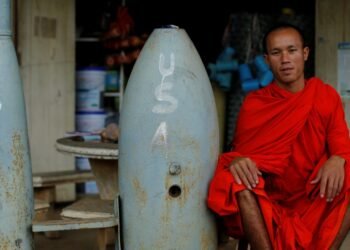A row between India and Canada surrounding Sikh independence, commonly referred to as the Khalistan movement, continues to cause tensions.
Last week, Canadian Prime Minister Justin Trudeau accused India of playing a role in the killing of Sikh separatist leader Hardeep Singh Nijjar, who was shot dead in June in British Columbia state.
The Indian government has dismissed Ottawa’s allegations as “absurd”.
In this infographic series, Al Jazeera takes a look at the movement and its origins.
What is the Khalistan movement?
Khalistan is the name of the proposed state envisioned by some Sikhs, incorporating the Indian state of Punjab as well as other Punjabi-speaking areas of northern India to establish a Sikh nation.
The ethno-religious liberation movement gained traction in the 1970s and early 80s in India. It later died down but has developed momentum among the Sikh diaspora in recent years.

What would Khalistan look like?
There is division among supporters of Khalistan on the boundaries of a sovereign Sikh state, but most agree that it would encompass the state of Punjab in India.
The historical Punjab region is located in the northern part of the Indian subcontinent and includes modern-day eastern Pakistan and northwestern India. In India, it includes cities like Ludhiana, Amritsar, Chandigarh and Jalandhar; and Lahore, Faisalabad, Nankana Sahib, Rawalpindi and Multan in Pakistan.

Some Khalistan supporters have called for the incorporation of the Pakistani side of Punjab, while other groups argue that some areas of Haryana and Himachal Pradesh, states surrounding India’s Punjab, should also form part of the proposed nation.









 United Arab Emirates Dirham Exchange Rate
United Arab Emirates Dirham Exchange Rate